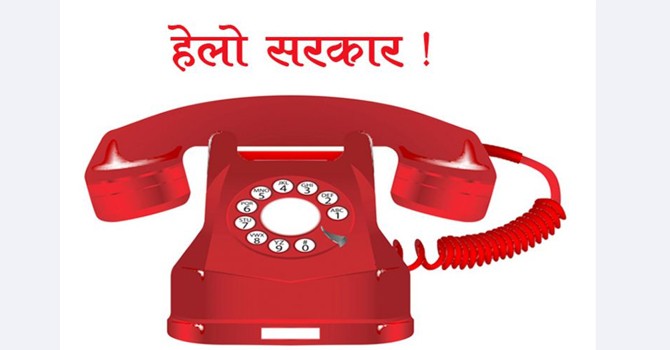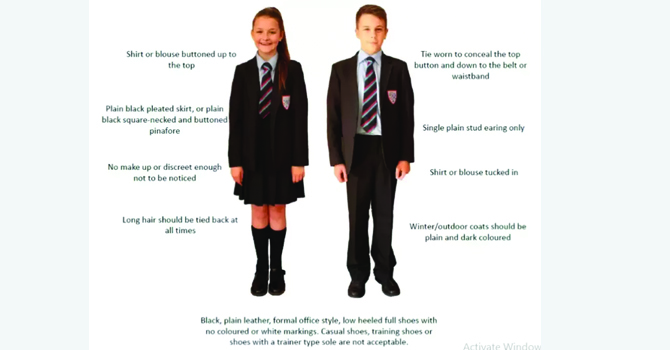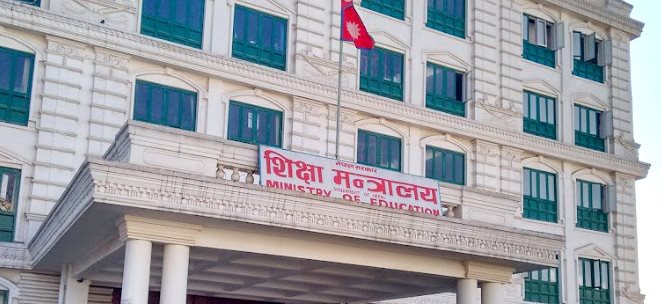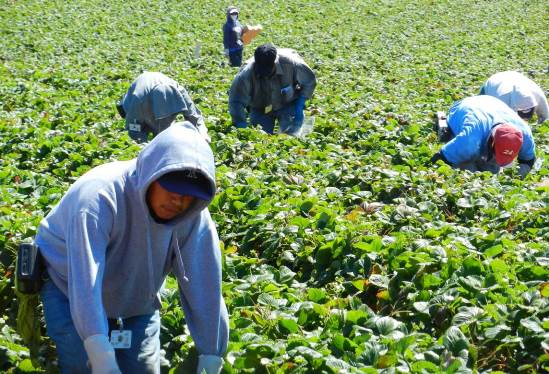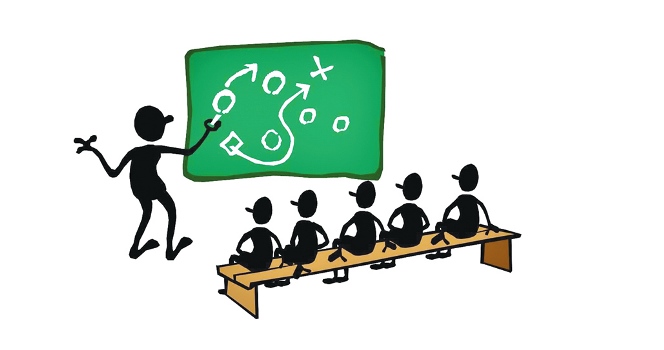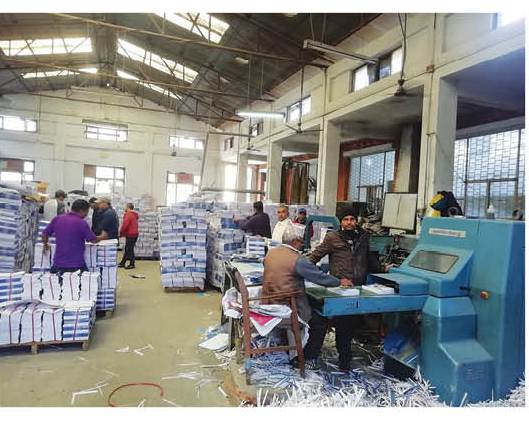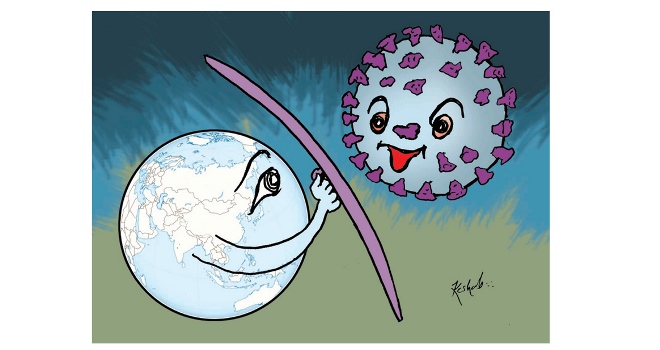How safe are children from COVID-19 at home?
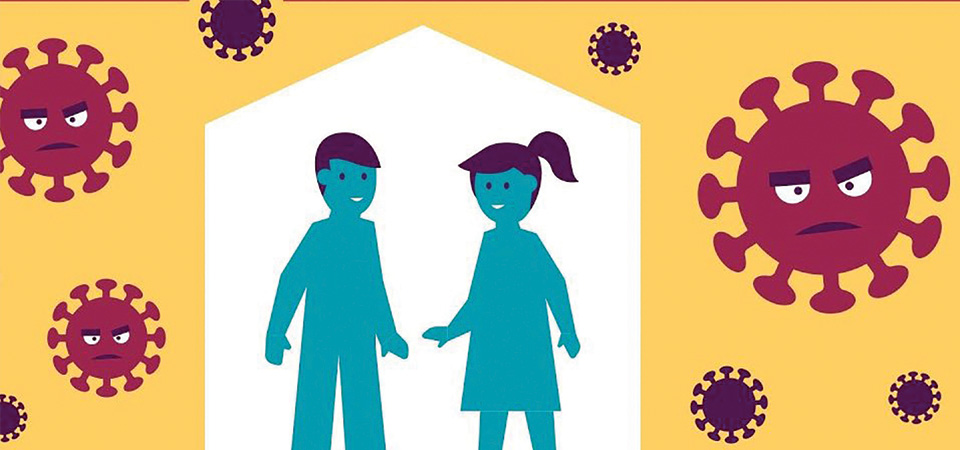
Kathmandu, Jan. 30: Schools across the country have remained shut for the last 20 days or so. The reason behind is to protect the pupils from Omicron, a new fast-spreading variant of the coronavirus. But, that has not done enough to provide the needed protection against the virus, as the data of the Ministry of Health and Population testifies.
Though there is no denying that the closure has done a good job of stemming the spread, children are increasingly catching the virus from their guardians or through other mediums.
According to the data, on Friday, out of 6,827 infected people, 93 were from 0-10 age group while 239 from 11-20. Likewise, on Thursday, 131 children aged 0-10 years and 274 aged 11-20 got infected and the number of infected totalled 8,017. Similarly, on January 21, a total of 10, 703 people were infected, of which 153 were from 0-10 age group and 523 from 11-20.
The data clearly shows that together with their family members, children are also battling with the infection.
"Many children catch the virus from their guardians, most of whom need to go out for varied reasons, including to work. This is because apart from education, all other sectors are open. Though, it is reasonable to close schools in a highly risky period, it alone cannot stop the virus’s spread," said Dr. Rabindra Pandey, a public health expert.
Dr. Pandey also claimed that though schools remained closed, children were found in market areas or party-and-celebration venues from where they are catching the virus. He estimated that more than 75 per cent population of the Kathmandu Valley or in a high-risk area get infected with the virus, but only a few of them go for the test.
Therefore, despite the fact that the variant is milder compared to its predecessors, children are fighting no less fierce a battle, he said. Pandey, however, urged all not to panic.
How children can be safe
There’s no doubt that children cannot be completely safe only from the closure of schools. Guardians have to be more careful and follow health protocol while in public places. Pandey asked all guardians not to bring their children to public places or mass gatherings if they are to stay safe from the virus.
Likewise, the vaccine once injected into the arms, cre ates antibodies needed to fight off the virus, so the government has an obligation to arrange vaccines for children. Now, in Nepal, the vaccine available is only for those aged above 12 years. The government must take more initiatives to bring in vaccines for other age-group children, he said.
Can schools resume now?
The government has decided to open schools physically across the country from Sunday to Thursday only to provide vaccines for 12-to-17-year-old students. It plans to resume schools physically once the vaccination programme concludes.
But, Dr. Sher Bahadur Pun, a virologist, said the vaccine can work only after two weeks of the vaccination and so resuming schools soon after is not wise.
He added that the government can allow the schools to resume after two weeks of vaccination by analysing the situation.
Pun suggested resuming schools for the vaccinated group in first stage only after mid-February as the third wave is expected to be gone by them. If the situation returns to normal, schools can resume in-person classes strictly abiding by the health safety protocol, he said.
Recent News

Do not make expressions casting dout on election: EC
14 Apr, 2022
CM Bhatta says may New Year 2079 BS inspire positive thinking
14 Apr, 2022
Three new cases, 44 recoveries in 24 hours
14 Apr, 2022
689 climbers of 84 teams so far acquire permits for climbing various peaks this spring season
14 Apr, 2022
How the rising cost of living crisis is impacting Nepal
14 Apr, 2022
US military confirms an interstellar meteor collided with Earth
14 Apr, 2022
Valneva Covid vaccine approved for use in UK
14 Apr, 2022
Chair Prachanda highlights need of unity among Maoist, Communist forces
14 Apr, 2022
Ranbir Kapoor and Alia Bhatt: Bollywood toasts star couple on wedding
14 Apr, 2022
President Bhandari confers decorations (Photo Feature)
14 Apr, 2022


